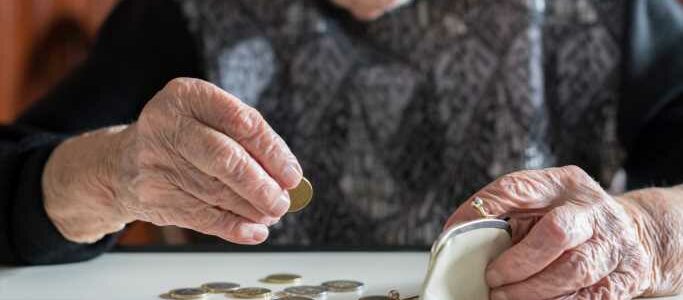
These Are the Poorest Places in the South
Between June and November of last year, in the heart of the pandemic, the overall percentage of Americans living below the poverty line rose from 9.3% to 11.7% — the highest single-year increase since the government started keeping records — according to a report released in December by financial experts at the University of Notre Dame, the University of Chicago, and China’s Zhejiang University.
The federal government draws the poverty line in the continental U.S. at $12,880 for individuals, $26,500 for families of four (the rates are slightly higher for Alaska and Hawaii). Of course, these numbers are woefully inadequate in the real world. This is the income a family really needs to avoid poverty in every state.
The poverty rate soars even higher for certain groups — those without a college degree, African-Americans, and children under the age of 17 — about 2.3 million of whom fell into poverty between June and November. You will be shocked, in fact, at how many children live in poverty in your state.
Of the ten poorest big cities in America, four are in the South, all of those in Texas — Houston (with a poverty rate of 19.7%), El Paso (18.5%), Dallas (17.5%), and San Antonio (16.8%). But the poorest places in the region are mostly small towns, like Hiseville, Ky. (pop. 204) and Calvert, Ala. (pop. 609).
Click here to see the poorest places in the South.
If Texas is home to the four of the country’s poorest big cities, it is also the state with the majority of the 25 poorest small towns — some 11 out of the 25 on this list. The rest are pretty well distributed around the South, with three in Kentucky, two each in North Carolina, Florida, Mississippi, and West Virginia, and one apiece in Louisiana, Virginia, and Alabama.
There are pockets of affluence in all these states, of course, especially in Virginia, Texas, and Florida. But all too many corners of the South are economically depressed, especially those with African-American, Native American, and other historically marginalized populations.
Federal stimulus efforts might well help such places, but they will doubtless remain among the country’s most economically vulnerable locations.
To identify the poorest places in the South, 24/7 Wall St. reviewed the poverty rate — the percentage of all people who live in poverty — in the approximately 20,000 places with 500 or more residents using data from the U.S. Census Bureau’s 2019 American Community Survey.
The areas reviewed include cities, towns, as well as unincorporated areas known as Census Designated Places, or CDPs. These are the 50 places with the highest poverty rates. Each area’s median household income and population totals also came from the ACS. All data are 5-year averages through 2019, and do not reflect impacts associated with the COVID-19 pandemic. We only considered places where less than 25% of the population are enrolled in college or graduate school.
Source: Read Full Article